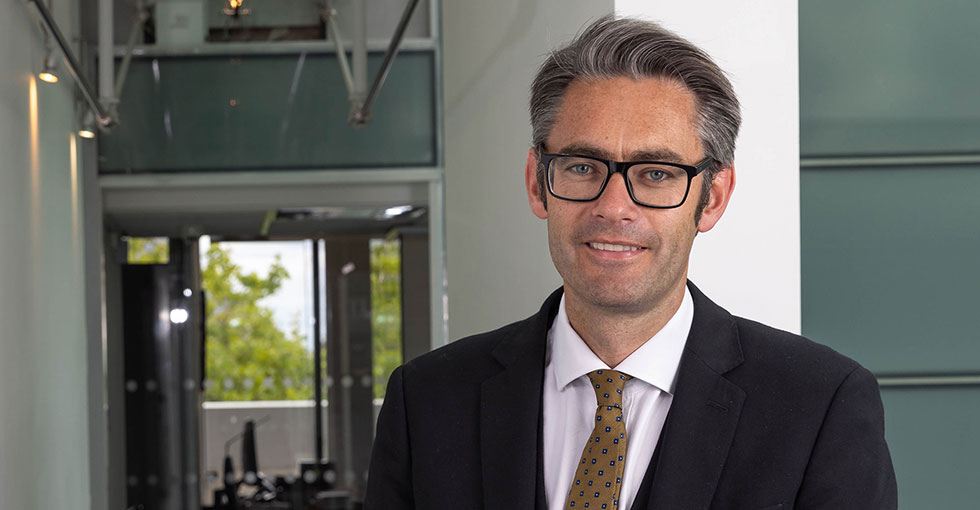I attended a small claims track road traffic accident hearing a couple of months ago. The hearing took place remotely via MS Teams.
I found however that I was surprisingly nervous when waiting to connect. The reason was that I was a third -party witness, rather than an advocate. This was the first time – ever – that I have given evidence ‘in court’.
The whole experience gave me a fresh perspective on the efficacy of remote access witness actions. I was able to watch and take the process in, rather than being involved in running it.
I thought I would share here some of the more practical points that have occurred to me having taken part in this way.
First and foremost – preparing your witnesses. I was simply sent a PDF Trial Bundle and told to await contact from the court with a link to access the hearing. This may of course be because the solicitor knew that I would be familiar with the process and would need only limited assistance. But it would not hurt to explain that the court might not get in contact until shortly before the hearing. In my case, this was half an hour before the scheduled start time, with an instruction to join 10 minutes beforehand. This leaves limited time to investigate further when connections go wrong. You would not want your star witness joining late in a panic because their invitation from the Court had gone to junk mail…
Witnesses will also benefit from their representatives taking time to explain the ‘ground rules’ for the hearing – who everyone is, what their jobs are and how the process works. Remember that many witnesses will be unfamiliar with the trial format. Very few indeed will have attended a virtual court. They may be looking to treat this as a straightforward Zoom meeting to have a general discussion about the issues in the case. Clearly, this would be the wrong approach. A virtual trial is still a trial with proper and accepted processes. Evidence is adduced, questions are put, answers are given. It is not a free for all. It is not an opportunity for a witness or party to set out their evidence in chief (which is already submitted via their statement) or to critique the opposing case at length if they have instructed lawyers to do that on their behalf.
Witnesses at remote hearings need to be prepared for and to understand the process of asking and answering questions to give themselves the best opportunity to engage effectively. This is within the proper bounds of witness preparation. Answer the questions – don’t make a speech. Clearly anything more than that, amounting to ‘coaching’, is improper and is likely to be exposed by a skillful cross-examiner.
It is worth making sure that the technology and connection that your witnesses are using is robust and can run the application that is hosting the hearing. A ‘plan B’ means of connection, along with the usual mobile/email/WhatsApp communication back channel, should be put into place and tested before the hearing commences. A backup telephone line – preferably a land line – should be considered alongside WiFi/broadband connections.
This is particularly important for the key players – the parties – who should really be present throughout. But I would suggest trying to arrange for all witnesses to dial in from the start of a hearing if possible. They would of course have to attend court from the outset if the case was in person. By attending from the beginning, they can observe preliminary remarks and any important witness evidence. They can settle into the format and see how it is done. Witnesses who attend late can miss important points of evidence or procedure. Unnecessary inconsistency between your witnesses can be avoided if they are able to see or listen to others give evidence.
It is essential that witnesses are able to access a trial bundle at the same time as they are online in the hearing. I suspect that many witnesses don’t have the multi-screen set-up that we as professional court users have adopted. It is not only difficult to switch between a video hearing and a bundle on the same screen, but it can also lead to the connection being lost.
Dare I suggest – with apologies to the rainforests – that every one of your witnesses ought to have a paper bundle of documents with them. At least then they can be held up to camera to show what they are looking at when asking quetions. Lawyers need to become paperless, but lay witnesses cannot be expected to invest in the technology required to do this effectively and to join a video conference at the same time.
Many of these points may seem obvious, but their importance was reinforced to me when appearing as a witness myself. Without such preparation, witness evidence at virtual trials can become disjointed and difficult to follow for all participants.
Remote hearings involving oral evidence and cross examination have been with us for over a year now. They may well be used more regularly once pandemic operational conditions have ended. We have all become used to the limitations, but also the benefits, of having lay witnesses dialing in rather than attending in person. In my case, I was spared having to travel to the other side of London to give my testimony. It is however worth spending that extra bit of time, after finalising the trial bundle and when delivering it to the witnesses, to prepare them properly in practical terms for the hearing. This will give them best prospects of doing themselves justice in the virtual witness box, by impressing the Judge and giving representatives the best chance to present them as credible and reliable.










